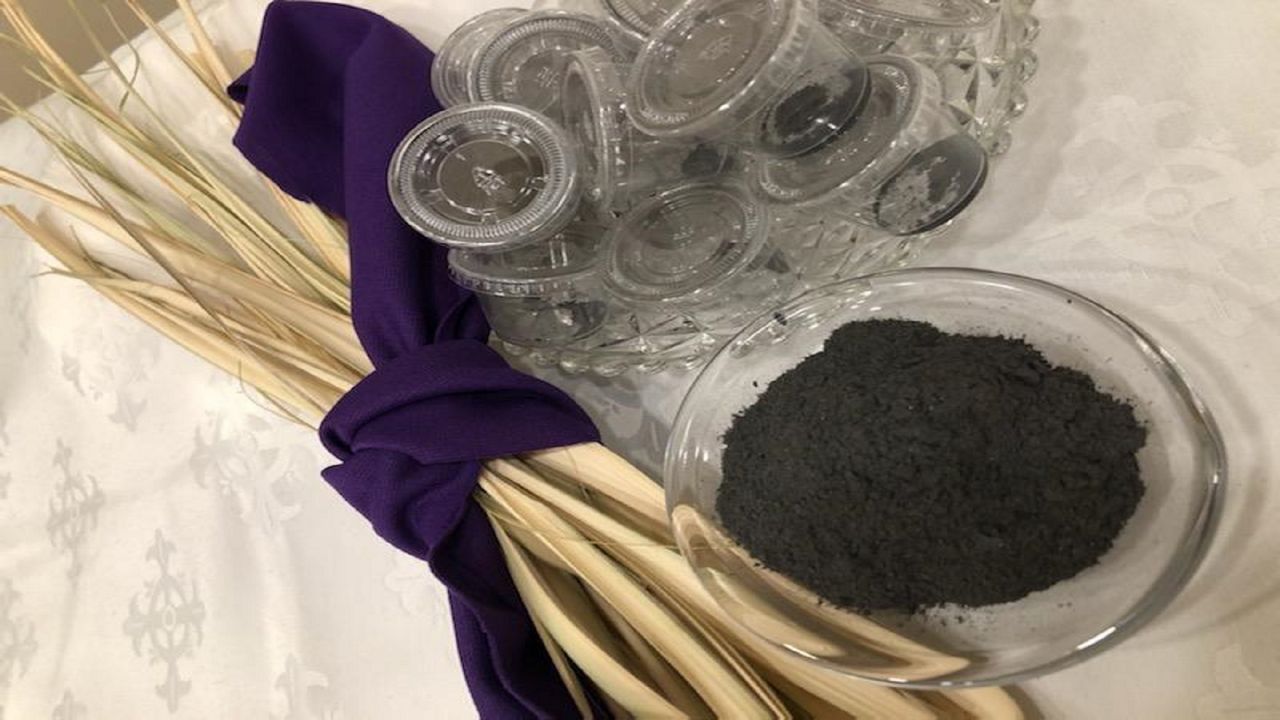YOUNGSTOWN, Ohio — For many, Fat Tuesday is the last chance to feast on rich fatty foods before the beginning of Lent.
For Ohio’s Polish population, the day is better known as “Paczki Day.”
What You Need To Know
- Polish donuts called "paczki" are a tradition for Fat Tuesday
- The treats were originally made as a way to use up sugar and other ingredients to remove their temptation during Lent
- Polish Youngstown is working to keep the Polish heritage alive in the area
With a sprinkle of sugar, Elisha Veon puts the finishing touch on her family’s Fat Tuesday tradition.
“I have been making paczki since I could stand,” said Veon. “So, [age] three, helping my great grandma do them.”
Veon carries on her great grandma’s legacy with the food truck Babcia’s Lunch Box. Her cooking helps feed fond memories into the community.
“It’s really sweet and nostalgic for me,” she said. “And you know, food is love, so it makes me really happy.”
Traditionally, preparing paczki is something done with family or friends to help with the long process.
“People don’t do this stuff anymore,” said Aundrea Cika-Heschmeyer. “They don’t spend the time.”
“It’s sad,” said Veon. “I mean, that’s what our whole business is based on.”
“It’s sad, but your whole business is based on the fact that most people don’t do it,” agreed Heschmeyer.
Heschmeyer served as Veon’s sous-chef for a batch of paczki, using Veon’s great grandmother’s recipe.
“The first time I ever made them was with my mother in a kitchen for a fundraiser,” said Heschmeyer. “So, for me, every time you make it, all those people are here with you.”
It takes hours to make the dough and allow it to rise before frying.
“We tell people that paczki - a paczek is one, paczki is many - are different because within the recipe is good Polish vodka,” said Heschmeyer.
Heschmeyer is helping to keep her heritage alive as director of Polish Youngstown.
“To share this beautiful colorful heritage with the whole valley,” she said. “And remind people the contribution these Polish people made. Not just in tasty donuts.”
But tasty donuts are a big deal, with each family having their own twist on the recipe.
“Everybody does everything just a little bit different, based on where they’re from, or what their preferences are, so it’s nice,” said Veon.
“It’s nice, but they’re also very opinionated on what’s good,” Heschmeyer said with a laugh.
Those recipes are not typically found on paper. Instead, they’ve been passed down through the generations.
“It becomes muscle memory once you’ve done it for so long,” said Veon. “You don’t even think, ‘Oh, maybe this is a fourth of a cup or a quarter of a teaspoon.’”
With people not spending as much time in the kitchen these days, the challenge is now making sure those instructions are documented and passed down, so the traditions can continue.
“And actually, as she goes to put the salt in, you measure it,” said Heschmeyer. “Because, so you can capture all of that.”
The dough balls are usually stuffed with fillings.
“They have a belt,” explained Heschmeyer. “And this is when the belt develops, because they’re not deep fried and put all the way in. They’re allowed to float and then they get the white belt around the center.”
The treats are a way to use up sugar and other goodies to remove the temptation during Lent, and share a taste of Polish culture with the community.
“Every year, it gets a little more exciting, you know?” Veon said. “It’s just cool to have that representation.”









